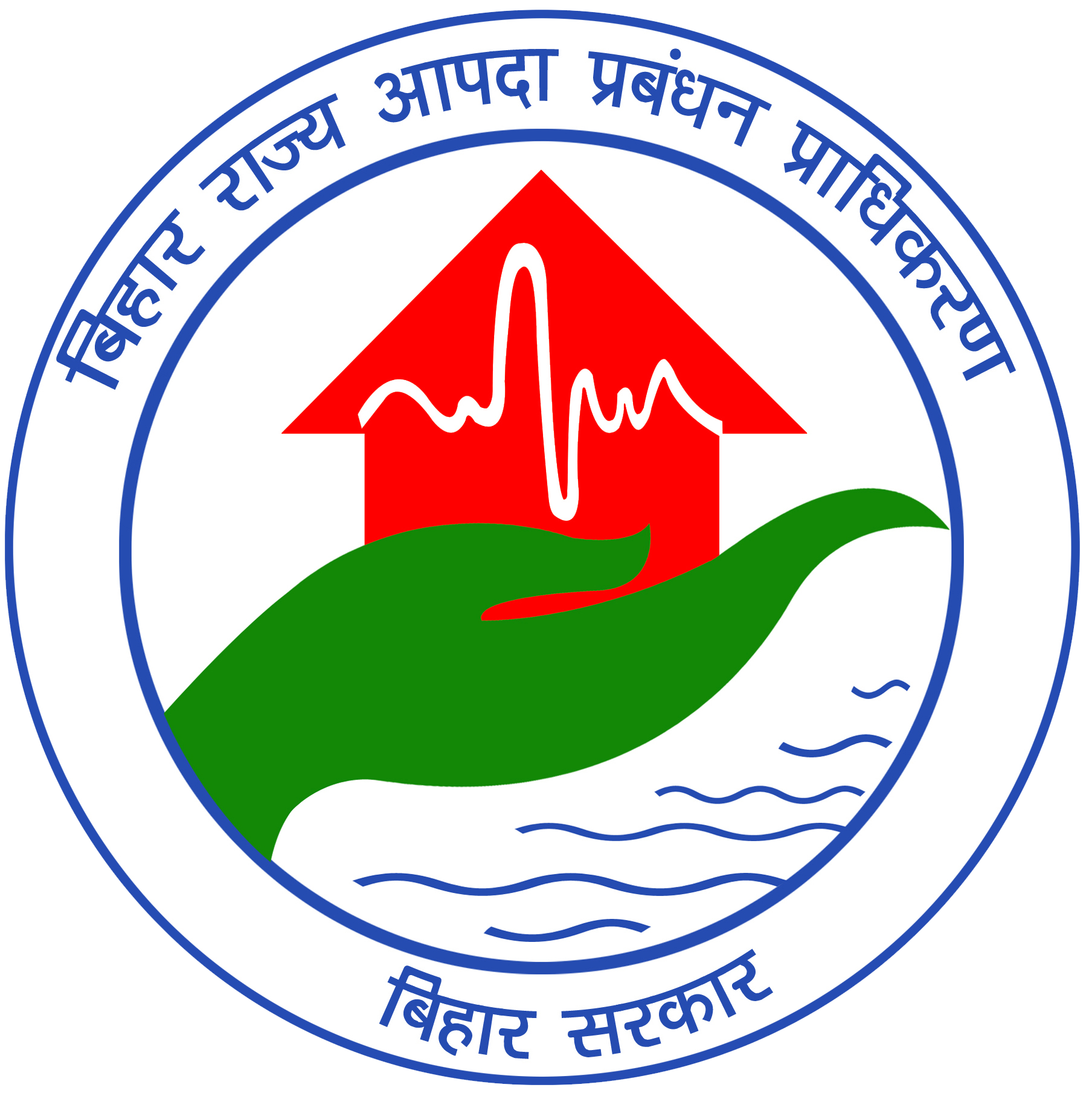×
- Intra BSDMA
- Proceedings of BSDMA Meetings & ATRs
- Acts, Rules & Notifications
- Circulars & Important Correspondences
- Hazard Maps & Atlas
- Prevention, Mitigation & Preparedness
- Frameworks & Strategies
- Standards of Relief & Norms
- Policies, Plans & Guidelines
- Training & Awareness
- Collaborations
- Programs
- Publications, Studies & Reports
- Gallery
- Notice
- Event Calendar
- Budget & Audit Reports
- Utilization Certificates






 Mascot Chatbot
Mascot Chatbot
 Back
Back
